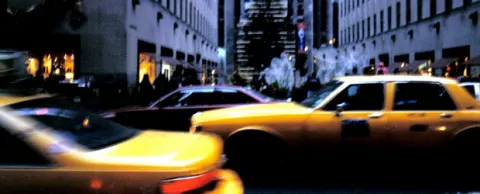
One part of the smart city mission is to make cities more livable — and one way to do that is to reduce traffic congestion. Sensors and technologies can go a long way toward contributing to real-time traffic management that reduces the expense, inconvenience and frustration of urban driving. But there are additional options, and one of them means you pay to drive in heavy traffic areas. Call it 'pay-to-drive, congestion tolls or congestion pricing. And it's not as rare as you might think. — Doug Peeples
If enacted, proposals from a task force created by New York Governor Andrew Cuomo would charge private car, truck and taxi drivers to drive in the heaviest traffic areas in New York City's borough of Manhattan.
The point? To speed up traffic that now creeps along at less than 5 mph, according to a recent New York Times article. It's also intended to pick up revenue to support the city's mass transit network.
The governor called for the Fix NYC task force after announcing a state of emergency for the city's subways seven months ago. The proposals would apply only to specific routes into Manhattan and wouldn't take effect until improvements have been made to the city's mass transit network. They're estimated to raise about $1.5 billion annually. The toll for cars would be $11.52 and a little more than twice that for trucks. Most of the plan would require legislative approval.
INRIX, a company that compiles traffic congestion analyses annually in several countries, ranked New York City's traffic as having the second worst traffic hotspots in the country in its 2017 report, second only to Los Angeles, so the problem for residents, businesses and visitors is very real.
Other cities and jurisdictions are doing it too
Unless you live in an area with congestion pricing, the idea that you have to pay to drive on a particular road may seem strange. But, congestion is a serious problem on urban streets and freeways in many parts of the country.
As USA Today noted in an earlier article, many jurisdictions use tolls that fluctuate — up when traffic is heavy, down when it's not. And some can reach some expensive highs: as much as $40 for drivers in Virginia and Washington, D.C. That's an extreme example and as transportation officials say, it's up to the driver to make the choice.
And according to the USA Today article, drivers generally like the fluctuating toll system if it means they can avoid traffic snarls.
Doug Peeples is a Portland, Oregon-based writer specializing in technology and energy. Follow @smartccouncil on Twitter.



